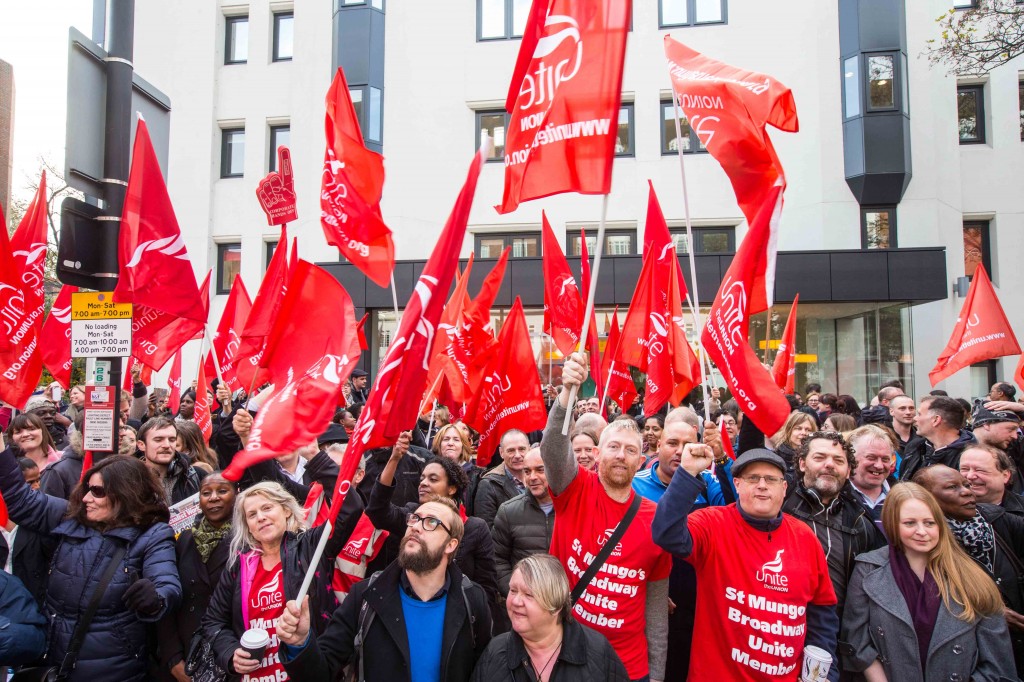You would have had to have been asleep for a few years not to have come across the concept of unconscious bias. However, organisations and leaders are still largely unaware of how bias can show up in their organisations or how to systemically plan and deliver change.
What is bias?
As the term suggests, unconscious biases, are those we are unaware of and are a product of our experiences and background. It results in patterns of thinking and behaviour that can have a profound impact on others and ourselves.
Bias also goes beyond the nine protected characteristics set out in equality law. There are just shy of 200 different forms of cognitive bias ranging from blind spot bias (where we think of ourselves as less biased than others) through to selective perception (where our expectations affect our perceptions) as well as biases against people who differ from us.
Whole sectors can be affected by biases stemming from professional training or the environment in which they work. Organisations can be subject to “group” biases, the classic one being “we are the best organisation for this cause/ role/ area”.
Something organisations talk about far less is covert biases. These are biases that people consciously hold but do not admit to at work, unless they feel the people they are talking to share their view. These biases will exist in your organisation, whether you admit it or not, and can seriously impact others’ work experience, career progression or wellbeing.
Overt biases are those that people hold and openly express. We don’t have to go that far back in our memories to identify organisations in our own sector that suffered from the effects of these overt biases.
How do we uncover the biases in our own organisation?
A well known and useful model, closely associated with the work of Sylvia Duckworth is the wheel of power and privilege. The “Power Wheel” as it is sometimes known is also helpful at helping people get their heads around intersectionality too.
The Power Wheel has thirteen dimensions covering skin colour, formal education, accents, ability, sexuality, neurodiversity, mental health, body size, housing status, class, language and gender, with some wheels also including citizenship. The centre of the wheel lists characteristics that are associated with power, e.g. being white, heterosexual, male with strong mental health etc. The more of these characteristics you have, the more power and privilege you have. The further away from the centre of the wheel, the less power is associated with these characteristics.
Plotting the characteristics of your workforce against the Power Wheel can give you a good starting point for uncovering systemic biases that may exist in your organisation. You’d need to do further work to find out what is really happening but mapping staff characteristics against the Power Wheel gives you the basis for structured investigation.
Another model for understanding systemic bias is Milton Bennett’s Intercultural Sensitivity Model. Bennett offers us a scale of bias, which highlights how bias shows up, and what people do and say at
different stages of the scale. His work provides a practical tool to think about and uncover the biases in an organisation. He also offers advice on how to nudge people and organisations up the scale.
Whether you try and uncover the biases at play in your organisation or not, one thing is for sure, they will exist. Unless you uncover them, you can’t do anything about them. And if you don’t address biases, you will be consistently failing your beneficiary group, as you will not be making the best decisions or developing the best solutions.
But, if you can become more aware of biases in your organisation and begin to address them, it will unlock a level of potential that you may only have dreamed of.
Latest News
-
‘Over messaging’ prompts three in five supporters to disengage with charities
-
MPs back Unwin’s appointment as next Charity Commission chair
-
Autumn Budget a ‘missed opportunity’ to help charities, sector leaders warn
-
Friday funding roundup - 28 November
-
NSPCC receives donation worth £5m from advertising firm
-
Charities welcome end to two-child benefit cap in Autumn Budget
Charity Times video Q&A: In conversation with Hilda Hayo, CEO of Dementia UK
Charity Times editor, Lauren Weymouth, is joined by Dementia UK CEO, Hilda Hayo to discuss why the charity receives such high workplace satisfaction results, what a positive working culture looks like and the importance of lived experience among staff. The pair talk about challenges facing the charity, the impact felt by the pandemic and how it's striving to overcome obstacles and continue to be a highly impactful organisation for anybody affected by dementia.
Charity Times Awards 2023
Mitigating risk and reducing claims

The cost-of-living crisis is impacting charities in a number of ways, including the risks they take. Endsleigh Insurance’s* senior risk management consultant Scott Crichton joins Charity Times to discuss the ramifications of prioritising certain types of risk over others, the financial implications risk can have if not managed properly, and tips for charities to help manage those risks.
* Coming soon… Howden, the new name for Endsleigh.
* Coming soon… Howden, the new name for Endsleigh.
Better Society

© 2021 Perspective Publishing Privacy & Cookies











Recent Stories